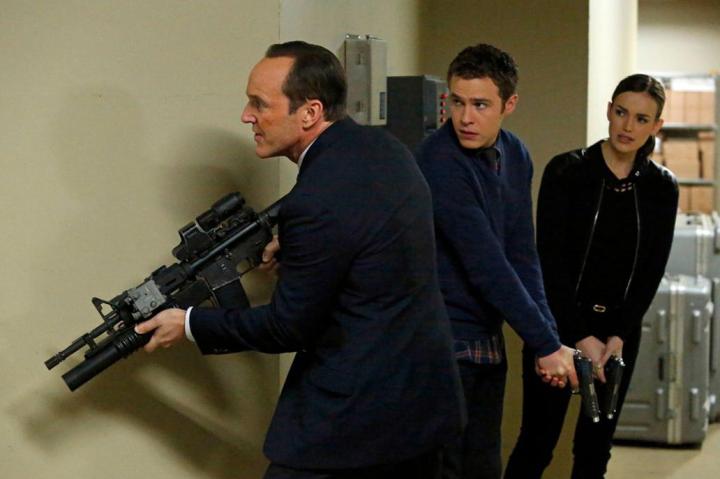
It didn’t sound like typical movie making at all. It sounded more like the making of a super-massive TV series. And Harry Potter isn’t alone in this regard. Thanks to a number of factors, including new technologies, the difference between TV shows and movies is quickly eroding.
The difference between TV shows and movies is quickly eroding.
Warner Bros., Fox, and Sony are following suit with their own comic properties, while Universal and Paramount Marvel-ize similar properties (think iconic movie monsters and robots that are more than meets the eye). Film franchises are nothing new, of course, but the entire film industry has never been this dependent on them. Installments now come out annually, if not sooner, like TV seasons. Actors are committing to longer contracts as the same character, slowly evolving from film to film, as they do from episode to episode on TV. Greater emphasis is being placed on continuity and serialized story-telling. It’s the TV-ization of film.

There’s also another, more concrete way in which the film industry is becoming more like TV: The growth of video-on-demand as a legitimate (read: profitable) method of mainstream distribution. That’s how I watched Snowpiercer and They Came Together – both excellent films with little to no theatrical release – this past summer. Adam Sandler’s multi-picture deal with Netflix is another way in which movies once destined for your local multiplex are going to wind up on your HDTV first. Movie theaters are now competing directly with your living-room couch, leading to my favorite new trend of all – a more “home-like” experience at some theaters, where they offer plusher seating, food delivered to your seat, and alcohol. The only thing missing is Mom.
Installments now come out annually, if not sooner, like TV seasons.
It’s often been said that film is a director’s medium and TV is a writer’s medium, and though there will always be some truth to that, it’s getting harder and harder to make that distinction. Many feature directors are turning to TV not just for a paycheck, but to legitimately flex their creative muscles. Not only are pilot directors getting more freedom to explore feature styles, but episodic directors are as well.

As much as I’d like to credit the morphing of film into TV and TV into a film as a response to audience desires – creative Darwinism at work – there is another factor fueling things: Technology. It used to be that simply projecting a beautiful image onto a theater screen required a completely different process than sending that same image into 80 million homes. Films were shot on, well, film. And edited on film. And projected on film. TV has largely been a medium of video. When TV projects chose to shoot on film back in the day, it was usually on lesser stocks and sizes than the feature world, as the end result was a video conversion anyway (at least ‘til the ‘90s). Now that most movie screens are just gigantic digital TVs, feature films and scripted TV shows are shot on largely on the same digital equipment. When directors like J.J. Abrams and Quentin Tarantino choose to shoot projects on 35mm film, it’s now purely a creative choice, and no longer a necessity dictated by the medium. If there was a story you wanted to tell, it used to make sense to choose a distribution method (film, television, or Internet) before you did anything else. Now, that decision is becoming much more arbitrary.

We still have massive corporate structures in place to solely produce either films or TV shows – but that’s largely because the marketing and financing of theatrical films requires its own apparatus. It’s only a matter of time until the next Marvel decides to consolidate its film and TV development into a single department, where a wide theatrical release is set aside for “special projects.” Theatrical exhibition for everything else, like mid-range dramas, is quickly becoming the vestigial tail of entertainment. But that’s OK. Because tails are awesome.
Predicting the future convergence of all media into an amorphous digital blob isn’t very risky. That’s an eventuality whether we like it or not, YouTube et al included.
What I’m suggesting, though, is that we’re much further down that path than you might think.
[Insert Credits]
[Insert Post-Credits Sequence where Eric Buchman stumbles upon mysterious energy source, which will be the basis for his next column.]


